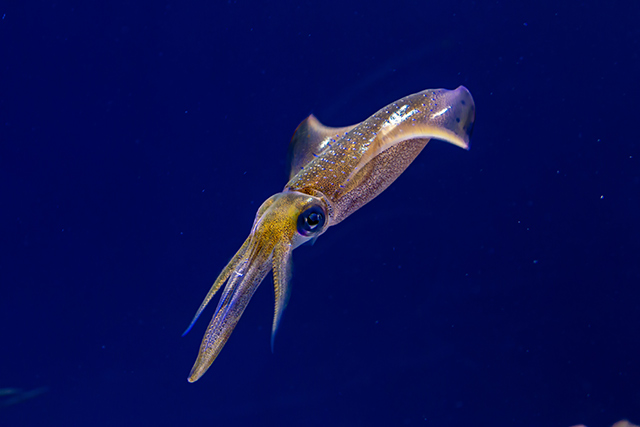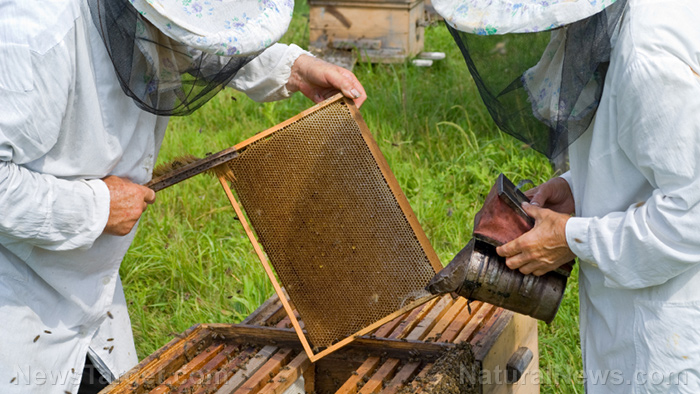Plants use hormones to signal how they should respond to danger – study
01/11/2022 / By Mary Villareal

A team from Salk Institute for Biological Studies in La Jolla, California recently reported details about how plants respond to hormones called jasmonic acid that allows them to perceive trouble. Their findings reveal that plants have a complex communication network that could allow researchers to develop crops that are able to withstand more assault, especially in the era of rapid climate change.
“This research gives us a really detailed picture of how this hormone, jasmonic acid, acts at many different levels. It enables us to understand how environmental information and developmental information is processed, and how it ensures proper growth and development,” Professor Joseph Ecker, co-corresponding author, and Howard Hughes Medical Institute investigator said about the study.
Previous studies posited that plants “listen for danger,” with vibrations for sounds, such as a caterpillar munching on a leaf, for instance, trigger chemical defenses in plants.
The plant used in this particular study, Arabidopsis thaliana, is a small, flowering plant from the mustard family. It is well-characterized with a popular model system, so scientists can take what they learn from it and apply it to other plants, including those that are being grown for food.
Jasmonic acid, which is found throughout the plant kingdom is important for a plant’s defense response against fungi and insects. Mark Zander, a staff researcher in Ecker’s lab, noted: “We wanted to precisely understand what happens after jasmonic acid is perceived by the plant. Which genes are activated and deactivated, which proteins are produced and which factors are in control of these well-orchestrated cellular processes?”
Extracting DNA from plants
To start their experiment, the researchers started with plant seeds grown in Petri dishes and were kept in the dark for three days to mimic the first few days of a seed’s life. co-first author and co-corresponding author Mathew Lewsey, an associate professor at La Trobe University in Melbourne, Australia, said that the first few days of the seed are challenging times, as they may face attacks from insects and fungi. If the seeds don’t germinate properly, then there will be no crops.
After three days, the plants are then exposed to jasmonic acid, by extracting the DNA and proteins from the plant cells. They also employed specific antibodies against their proteins of interest to capture the exact genomic location of the regulators. (Related: Health Basics: Understanding GMO engineering and why altering plant DNA in laboratories becomes so DANGEROUS to human health.)
By using different computational approaches, they were able to identify genes that are important for the plant’s response to jasmonic acid and the cellular cross-communication with other plant hormones.
Two of the genes that played the most important role in the system were MYC2 and MYC3, which are code for transcription factor proteins. This means that they regulate the activity of other genes—thousands, in this case.
Lewsey explained that in the past, MYC genes and other transcription factors have been studied in a linear fashion, with scientists looking at how one gene is connected to the next, and the next one, and so on. This is slower because of the many genes and connections. “What we’ve done here is to create a framework by which we can analyze many genes at once,” he said.
Zander also noted that by deciphering the gene networks and subnetworks, people are able to understand how the entire system works. With their take on the matter, they were able to have a comprehensive picture ant which genes were turned on and off during a plant’s defense response. The availability of CRISPR gene editing also uses the details from breeding crops that can better withstand attacks from pests.
Another aspect of this work is the data from the research already available on the Salk website, which researchers can use to search for more information about the genes they study and find ways to target them.
Read more at Science.news.
Sources include:
Tagged Under: agriculture, biotech lies, CRISPR, crops, DNA, gene editing, gmo toxic, plant communications, plant dna, plant hormones
RECENT NEWS & ARTICLES
COPYRIGHT © 2017 ECOLOGY NEWS




















